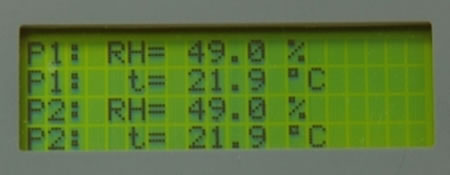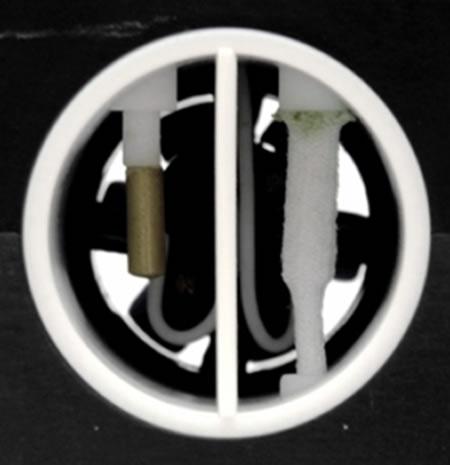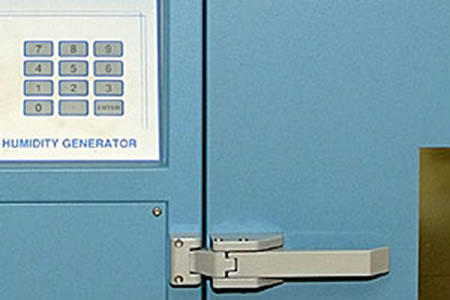Calibration Services
Temperature and Humidity: Relative Humidity Measuring Instrument
Electronic Relative Humidity Instruments
 Electronic Relative Humidity Instrument
Electronic Relative Humidity Instrument
Over the years devices other than the wet and dry bulb psychrometer have evolved which permit a direct measurement of relative humidity. These sensors are, for the most part, electrochemical sensors which offer a degree of ruggedness, compactness and electronic readout ability.
The two most widely used electronic relative humidity sensors are the lithium chloride condensation sensor and the electric-impedance humidity sensor.
These sensors are calibrated by comparing against the Laboratory standards at the specified sets of temperature and humidity condition.
Battery operated units must be submitted with batteries which are in good working condition, and fully charged. It is advisable to submit the battery charger or AC/DC adaptor as well.
Thermohygrographs/Temperature and Humidity Recorders
Thermohygrographs/temperature and humidity recorders can usually record continuously the temperature and humidity readings on a chart. For a thermohygrograph, the sensor and the recording mechanism are usually housed in the same cabinet. Other designs of temperature and humidity recorder usually employ the combination of an electronic temperature/humidity sensor/meter and an electrical chart recorder.
The thermohygrographs/temperature and humidity recorders will be calibrated by comparing against the Laboratory standards in the calibration chamber of a humidity generator.
Psychrometers
 Psychrometer
Psychrometer
In a psychrometer (or wet and dry bulb hygrometer), two temperature sensing elements are exposed to a stream of air; they are usually platinum resistance elements or mercury-in-glass thermometers. One of the elements (the wet bulb) is covered by a closely fit sleeve of a material such as cotton, which is thoroughly moistened with water. The other element (the dry bulb) is uncovered and dry. The wet and dry temperatures are used to compute the relative humidity.
Electronic psychrometers contain electric thermometers and usually incorporate a processor so the relative humidity can be calculated from the dry and wet element temperatures and displayed.
The psychrometers are calibrated by comparing against the Laboratory standards at the specified sets of temperature and humidity condition.
Relative Humidity Chambers/Calibrators/Generators
 Relative Humidity Chambers/Calibrators/Generators
Relative Humidity Chambers/Calibrators/Generators
Relative humidity chambers/ calibrators/ generators are facilities that produce a preset humidity value in a test chamber or compartment. It may be based on the "divided-flow", "two-pressure" or "two-pressure two-temperature principles. These instruments can be calibrated by measuring the temperature and humidity generated with standard thermometer and standard dew-point hygrometer.
The measurement ranges are:
- Temperature : 5°C to 85°C
- Relative Humidity : 5% to 95 %RH
The performance of relative humidity chamber can be calibrated in respect of the following:
- The accuracy of the humidity set point of a chamber.
- The humidity stability of the chamber (the humidity fluctuation with respect to time).
- The humidity uniformity of the chamber (the spatial variation of humidity within the chamber).